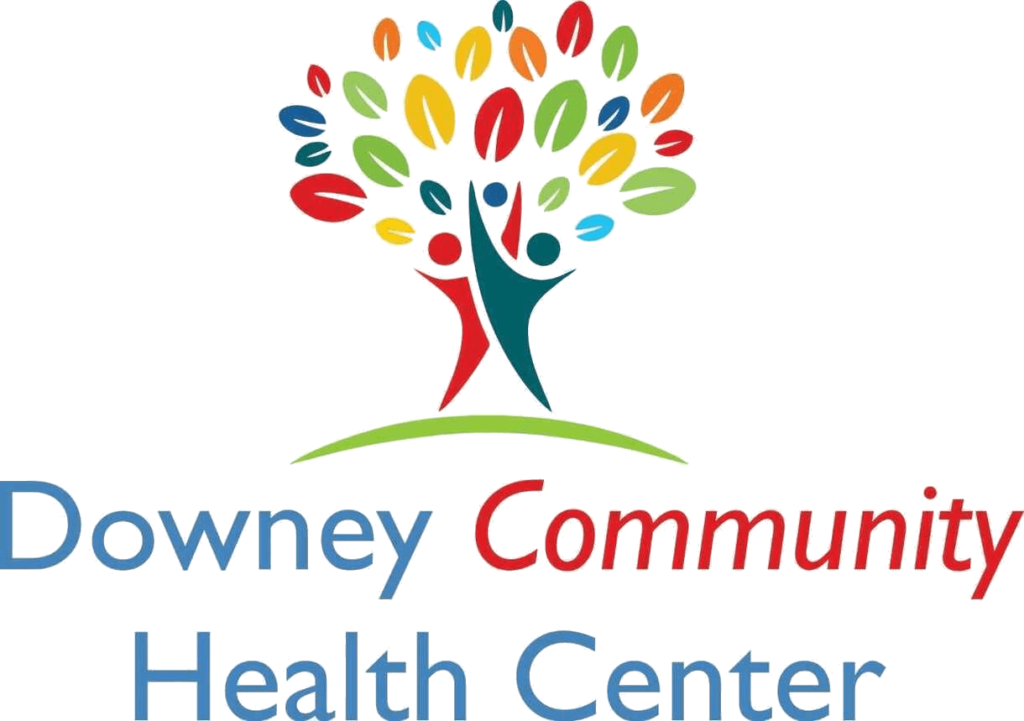Aging individuals and their families often face this challenging choice when the level of care needed exceeds what assisted senior living communities and facilities can provide. This article aims to guide readers through the considerations and factors that should be weighed to determine when to move from assisted living to nursing home.
By exploring the differences between assisted living facilities and skilled nursing facilities, readers will gain a deeper understanding of the signs indicating the need for increased support and medical attention.
Understanding Assisted Living
Assisted living is a type of senior housing that provides a supportive living environment for older adults who need some assistance with daily activities but do not require round-the-clock medical care provided in nursing homes. It bridges the gap between independent, assisted living communities and more intensive care options, offering a combination of support, security, and independence.
Understanding Nursing Homes
Nursing homes, also known as skilled nursing facilities, are residential care facilities that provide 24-hour medical care and support to individuals who require a higher level of medical assistance, and supervision due to complex medical conditions, disabilities, or age-related limitations. Nursing homes are designed to cater to the needs of individuals who cannot adequately care for themselves in an assisted living community or home setting. Finding the best skilled nursing care facility for your loved ones takes deliberation and effort.
Signs it’s Time to Consider a Nursing Home
Physical Limitations
When a senior starts experiencing significant physical limitations, such as difficulty walking, increased falls, or the need for constant assistance with activities of daily living (ADLs) like bathing, dressing, and eating, it may be an indication that their care needs are beyond what many assisted living facilities can provide.
Cognitive Decline
Progressive cognitive decline, such as Alzheimer’s disease or other forms of dementia, may reach a point where the safety and well-being of the senior become increasingly challenging to manage in an assisted living community.
Increased Medical Needs
As health conditions worsen and medical needs become more intensive, assisted living facilities might not have the capacity to manage complex medical treatments or provide round-the-clock medical supervision.
Frequent Hospitalizations
If a senior requires frequent hospitalizations due to chronic medical conditions or acute health issues, it may be an indicator that their current level of care at the assisted living facilities is inadequate.
Worsening Mental Health
Seniors experiencing severe depression, anxiety, or other mental health issues may require a more structured environment and specialized support provided in nursing homes.
Understanding the Role of Medical Professionals
The decision to move to a skilled nursing facility from an assisted living facility is often guided by medical professionals, including the primary care physician, specialists, and social workers. These professionals can assess the senior’s overall health, functional abilities, cognitive status, and care needs. Medical professionals can conduct comprehensive evaluations, including physical and cognitive assessments, to determine the most appropriate level of care. Open communication and collaboration between medical professionals, families, and the seniors themselves are key to ensuring the senior’s well-being and comfort during this significant life change.
Preparing for the Move
Openly discuss the decision to move from an assisted living community to a skilled nursing facility or home with all family members involved. Listen to their concerns to help ensure everyone feels heard and involved in the decision-making process. Family members should visit potential nursing homes together to see the facilities, meet the staff, and gain a better understanding of the environment where their loved one will be living. Here are a few things to consider.
Preparing for the Transition
First, seek legal advice to review and update important documents such as wills, powers of attorney, and advanced healthcare directives. Be sure to discuss financial arrangements and understand the cost of care in the chosen skilled nursing facility. Don’t forget to help the senior sort through belongings and decide what to take to the skilled nursing facility. Downsizing and organizing their possessions can make the transition smoother and help create a comfortable living space in the new environment
Offer emotional support to the senior and family members during this challenging time. Acknowledge the range of emotions they may experience, including anxiety, sadness, and fear of the unknown.
What To Expect During the Move and First Few Days in the New Facility
Emotional Rollercoaster
The move from assisted living communities to skilled nursing services can trigger a mix of emotions for the senior, family members should be prepared to provide reassurance and support during this period.
Orientation and Settling In
Nursing home staff will typically conduct an orientation to familiarize the seniors with the skilled nursing facility, introduce them to staff members and other residents, and provide information about daily routines and available services.
Personalizing the Space
Encourage the seniors to bring familiar items to create a sense of familiarity and comfort in their new senior living community space.
Adjusting to Life in a Nursing Home and Building a Sense of Community
The transition can be hard, however, family members should encourage the seniors to engage in activities, build relationships, and be patient during the adjustment period. This can help them adjust to their new environment and build connections with other residents.
Understanding End-of-Life Care in a Nursing Home
Nursing homes often provide palliative care to residents with life-limiting illnesses or conditions. Palliative care focuses on managing pain and symptoms, enhancing comfort, and improving the quality of life for residents.
Some skilled nursing care have specialized hospice care units or work with hospice providers to offer comprehensive end-of-life care to terminally ill residents and their families during their final stages of life.
The Importance of Advance Care Planning and Communication With Medical Professionals and Loved Ones
Residents should have advance directives in place, including living wills and healthcare proxies, that outline their medical preferences and designate someone to make medical decisions on their behalf if they are unable to do so.
Nursing home staff, medical professionals, and family members need to have regular open, and honest conversations with the resident about their end-of-life wishes and goals of care.
Nursing home staff should provide emotional support to both the resident and their family members during this difficult time. Also, Some nursing homes hold memorial services or rituals to honor residents who have passed away and to provide closure and support to those grieving the loss of their fellow residents.
Comparing Assisted Living and Nursing Home Care
Level of Care
Assisted living provides support with daily living activities, while nursing homes offer 24/7 medical care. This impacts assisted living residents’ quality of life based on their health conditions and care needs. Those requiring more intensive medical attention may find nursing homes better suited to address their needs.
Medical Requirements
Nursing homes have trained medical staff and certified nursing assistants to manage complex health conditions, ensuring residents receive timely and appropriate care. In contrast, assisted living communities may not have the resources to handle serious medical emergencies or provide extensive medical services.
Activities and Social Engagement
Assisted living often emphasizes social interaction and recreational activities to promote quality of life. On the other hand, nursing homes may focus more on medical care, potentially impacting the social aspect of a resident’s life.
Understanding the Continuum of Care and Planning for Changing Needs
The continuum of care represents a range of services from independent and assisted living communities to more intensive care, like nursing homes. Families should have discussions with medical professionals and involve the senior in advance care planning to ensure that care preferences and goals are clear and documented.
Deciding to transition from an assisted living community to a nursing home is a significant step in ensuring seniors’ well-being. Understanding the differences between assisted living communities and skilled nursing care enables families to make well-informed choices that cater to the changing needs of their loved ones. This thoughtful decision-making process ensures that seniors receive the most appropriate and compassionate care possible as they navigate the challenges of aging.
Learn More About How Downey Community Health Center Can Help!







